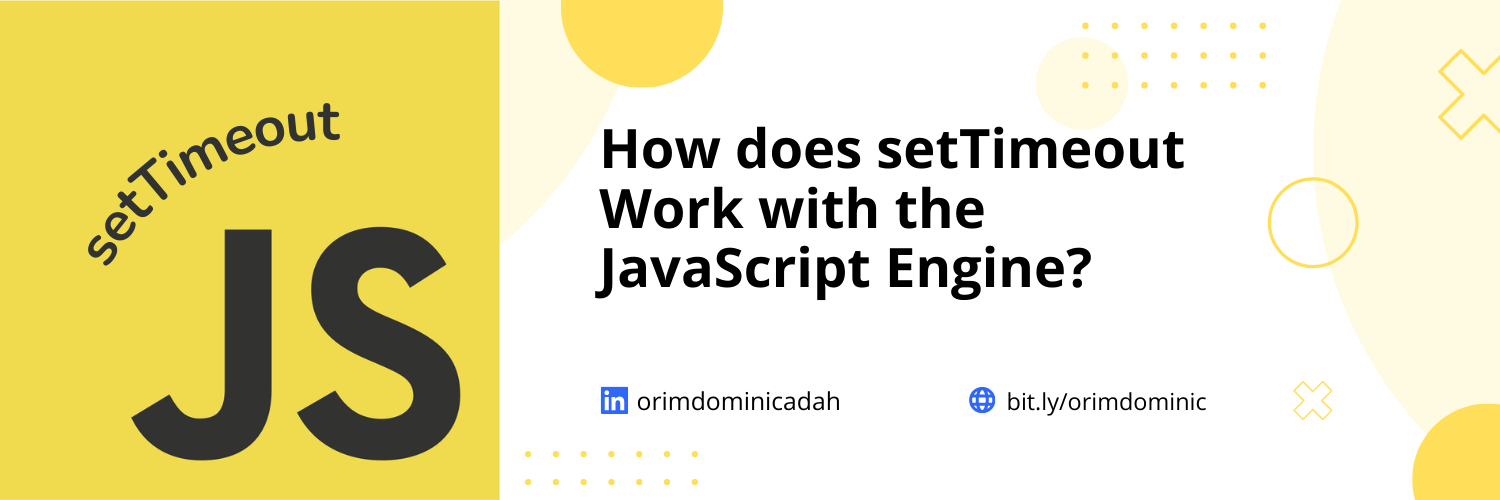If one wants a function to be executed just after a period of time T in
JavaScript, what do they do? They dump it in a setTimeout and surely, just
immediately after T has elapsed, the function will be run. Right?
Can you predict what happens when the code below is run? You should try it out in a Node.js REPL or the console.
const extractTime = (date) => date.toTimeString().split(" ")[0];
var start = new Date();
console.log("starting at", extractTime(new Date())); // #1
setTimeout(() => {
const time = extractTime(new Date());
console.log(`From setTimeout. Logged at ${time}`); // #2
}, 1000);
while (new Date() - start < 3000) {
// empty while loop
} // #3
What I ordered vs What I got
For anyone that has not worked with code like this before, the expectation would be that #2 will be logged about 1 second after #1, but it was not. It was logged about 3 seconds after #1. Why?

Single-threaded, Synchronous JavaScript
JavaScript is a single-threaded, synchronous language. What that means is that it can run only one operation at a time and it will handle each operation synchronously - one after another. Now that’s interesting; because how does it handle the operations that are denoted with the keyword async?
JavaScript runs on engines. It could be V8, Chakra or any other engine, but JavaScript does not run on its own. The purpose of the engine is to convert JavaScript code (high-level language) to code that computers can understand. These engines run in the background background thread while JavaScript runs in the main thread.
Operations such as Promises and setTimeout are asynchronous. When they are triggered to run, they are not run on the JavaScript main thread; they are sent to the background thread instead. When the background thread is done running the async operations, it sends the result to a queue.
As long as there is no operation running on JavaScript’s main thread (the call stack) when the the result was sent to the queue, JavaScript will accept the result from the queue and do what is required with the result.
How does this influence the result from the code highlighted in the beginning of this article?
How setTimeout works with the JavaScript Engine
When the engine starts to run the code highlighted, the current time is logged
to the console at #1. It encounters the setTimeout function and at this point,
it passes the function placed in setTimeout and the timeout to the background
thread. The background thread starts a timer and holds on to this function for
the time specified in the timeout. When the timeout is elapsed, the background
thread releases the function to the queue.
At this point, the while loop is still running (is on the call stack) and it
blocks the main thread from accepting items from the queue. It will block the
main thread for 3 seconds.
When the while loop is popped off the call stack 3 seconds later, the main
thread is open to deque items from the queue. At this point, it deques the
function from the queue and executes it. That is why line #2 is executed 3
seconds after instead of 1 second after as directed in the setTimeout
declaration.
